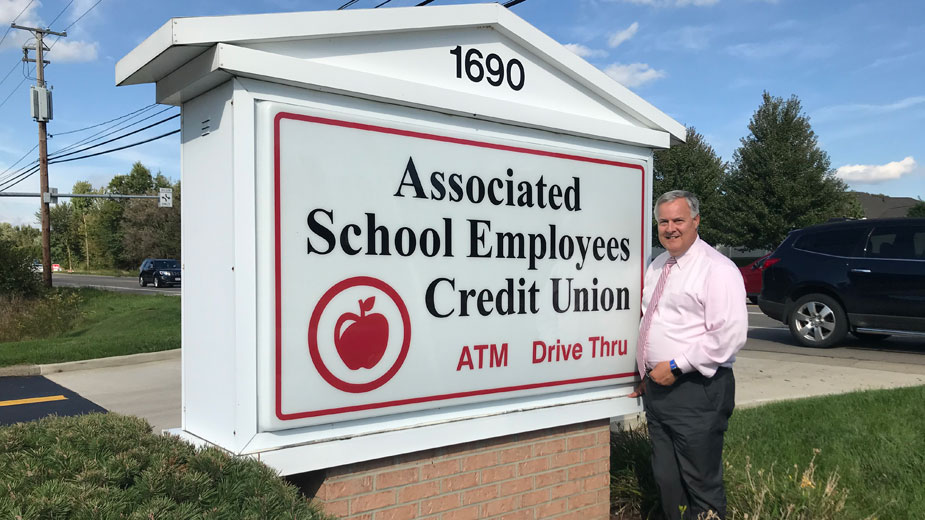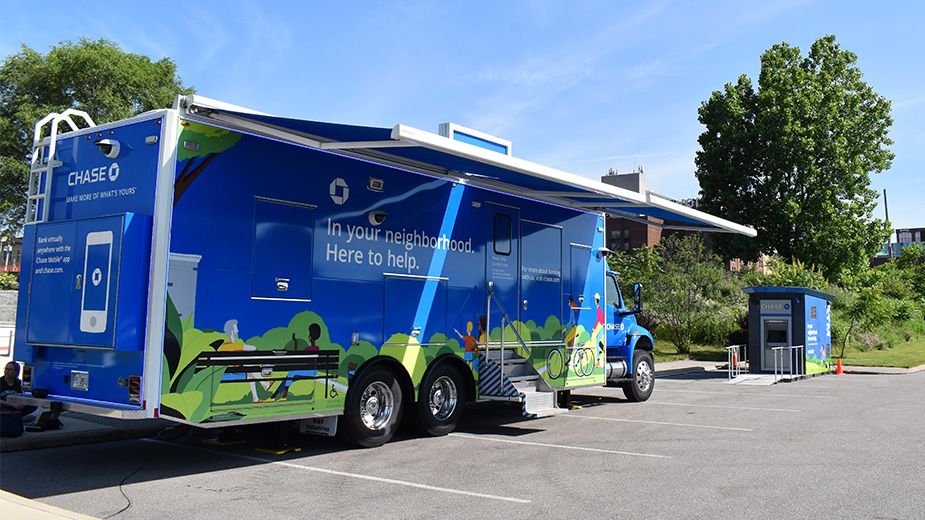Credit Unions Cement Their Footprints
YOUNGSTOWN, Ohio – The credit union movement, which dates its origin to the 1850s in Europe, keeps growing with more than 57,000 credit unions operating in 105 countries, according to the European Network of Credit Unions.
As of July 2019, more than 6,000 credit unions operate in the United States, reports the United States Credit Union Directory.
And in Ohio, more than 263 credit unions headquartered here provide banking services from more than 700 branch offices. In addition, there are 364 credit unions with headquarters in the state of Pennsylvania providing banking services from more than 950 branch office locations.
This year’s International Credit Union Day theme, which was celebrated Oct. 17, is a Local Service, Global Reach.”
The theme is a perfect fit with the mission of credit unions, says Sandi Carangi, CEO of the Mercer County Community Federal Credit Union, based in Hermitage, Pa.
Carangi believes the growth of credit unions is a result of partnering with organizations, schools, businesses and community members.
To assist people living in Mercer County, Carangi says the credit union partners with Junior Achievement, United Way, Prince of Peace Church and other local nonprofits to teach financial literacy in the classroom.
“We’re trying to educate the community and our members as far as how to improve your financial well-being,” Carangi says.
The credit union operates two offices at 559 N. Hermitage Road in Hermitage and at 428 Sharpsville Ave. in Sharon, Pa.
The Sharon office was recently remodeled, Carangi notes.
“That’s been a huge undertaking this past year,” she says. “It’s to serve more people and to be able to accommodate new people that are joining it throughout our community.”
While in the midst of seeing more growth, three new employees have come on board and a fourth is to be hired, Carangi says. And a marketing specialist will be hired, she adds.
Whether it’s reaching out to students in local schools or local business owners, credit unions initiate innovative programs to touch their communities.
Associated School Employees Credit Union, or ASECU, provides a program to elementary schools called Savings Day, where students learn how to count money.
The program started at Lordstown Local School District, says Caitlin Kurish, marketing and communications administrator.
Fourth-, fifth- and sixth-graders participate in the program and each class picks a field trip for the end of the year, Kurish says.
Last year, fourth-grade students visited the zoo, the fifth-grade went to Extreme Air Trampoline Park and the sixth-grade went to lunch and a movie, she notes.
“The goal was to get enough money saved for them to pay for their field trip at the end of the year,” Kurish says. “Every two weeks we would go in and collect their money. We taught them how to roll coin.”
Students also filled out deposit slips and got a receipt so they could see how much money they saved, Kurish says. At the end of the school year, students came to the credit union and made a withdrawal to take their money for the class trip, she adds.
“Now, a lot of the kids know where we’re from,” Kurish says. “There’s a couple of them that come into the credit union and their parents bank with us. They tell us, ‘Hey, we got to go on a field trip with you.’ It’s nice to be able to teach the kids basic life skills that you don’t think about anymore.”
To better serve local businesses, 717 Credit Union has added various business products and services on the deposit side and offers to help businesses monitor and use their accounts, says Eric Lanham, vice president of marketing.
Helping companies grow and prosper has become an increasingly important part of business at 717 as the demand for those services continues to rise, he adds.
Most recently, 717 wrote some very large commercial loans, Lanham says.
Commercial real estate has been the biggest growth area and some of that has come from offering loans by directly working with business owners, he adds.
“Some of that growth has also come in the way of participation loans, where we’ve actually participated with other credit unions or community banks,” Lanham says. “The biggest benefit is recognizing the needs that some of our members that own businesses have and working to create solutions that help them meet those needs.”
With more than $1 billion in assets, 310 employees and more than 86,000 members, 717 is the largest credit union in northeastern Ohio. The credit union started offering business services roughly 20 years ago, Lanham adds.
“We had a lot of inquiries from members that owned small businesses that were interested in doing their banking with the credit union. So we started a commercial loan department at that time,” he explains.
National Credit Union Month, celebrated in October, enables credit unions to draw attention to the distinctions between credit unions and banks.
“Some of those distinctions are becoming more of a concern today than in the past, as we’ve seen more and more of our for-profit institutions go through mergers,” says Michael Kurish, president and CEO of ASECU.
In the Mahoning Valley, many banks that were locally owned and operated have been acquired by institutions outside of the immediate area, Kurish notes.
“The Drive It Home campaign [which advocated for keeping open the General Motors Lordstown Complex] drew attention to keeping our business located within the Mahoning Valley,” he says. “With our credit union, we kind of manifest that. Every time a bank is acquired by somebody else, that’s just a little bit more of the financial fabric that’s taken out of our community.”
Another distinction is that credit unions are operated by boards of directors comprised of local volunteers, putting the decision-makers at credit unions on the same side of the desk as their members, Kurish says.
This creates an environment where the credit union works more to address its members’ financial needs rather than being a means to draw profit from them, Kurish says.
“We have seen a large amount of growth in our loan portfolios,” he says. “A lot of that has been coming through some indirect lending channels. We have relationships with many automobilr dealerships in our area where people who are purchasing a car can go in and actually apply and close their loan at the point of purchase.”
Over the last year, ASECU’s loan portfolio has grown about 15%, according to Kurish. At the same time, the membership of the credit union has grown 5%, which is considered to be above the state average, he adds.
“We’re doing this because we are operating in a manner that people want to see,” he says. “When an institution that is headquartered in New York, Chicago, Cleveland or Columbus comes to the area, they bring their pricing models. Those pricing models aren’t appropriate for the Mahoning Valley.”
As a result, ASECU is able to respond faster and more economically to the market, Kurish says.
What people don’t realize is that many credit unions 15 years ago were employee membership specific, says the Mercer County Credit Union’s Carangi.
A choice of either merging into another credit union or expanding the field of membership needed to be made if a business no longer existed, she adds.
“It’s much easier to convert to a community charter, which is what we did,” Carangi says, “instead of trying to get all these businesses individually to join, their employees and their family members.”
The focus at 717 is to provide value to members and to offer financial products that are largely co-monetized and similar to products and services people would find at a community or national bank, Lanham says.
“We’re focused on helping our members understand their finances and improve their financial situation,” he says. “It’s not just about selling them the next financial product. It’s about assessing their needs. Our brand is focused on the idea of mutual respect.”
Picutred: Associated School Employees Credit Union CEO Michael Kurish.
Copyright 2024 The Business Journal, Youngstown, Ohio.


